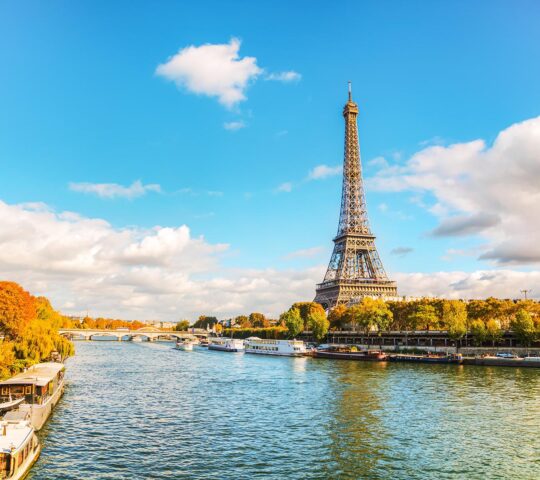Inspired by Rome’s Arch of Titus, this colossal, 164-foot triumphal arch was ordered by Napoléon—who liked to consider himself the heir to Roman emperors—to celebrate his military successes. Unfortunately, Napoléon’s strategic and architectural visions were not entirely on the same plane, and the Arc de Triomphe proved something of an embarrassment. Although the emperor wanted the monument completed in time for an 1810 parade in honor of his new bride, Marie-Louise, it was still only a few feet high, and a dummy arch of painted canvas was strung up to save face. Empires come and go, but Napoléon’s had been gone for more than 20 years before the Arc was finally finished in 1836. A small museum halfway up recounts its history.
The Arc de Triomphe is notable for magnificent sculptures by François Rude, including The Departure of the Volunteers in 1792, better known as La Marseillaise, to the right of the arch when viewed from the Champs-Élysées. Names of
Napoléon’s generals are inscribed on the stone facades—the underlined names identify the hallowed figures who fell in battle.












